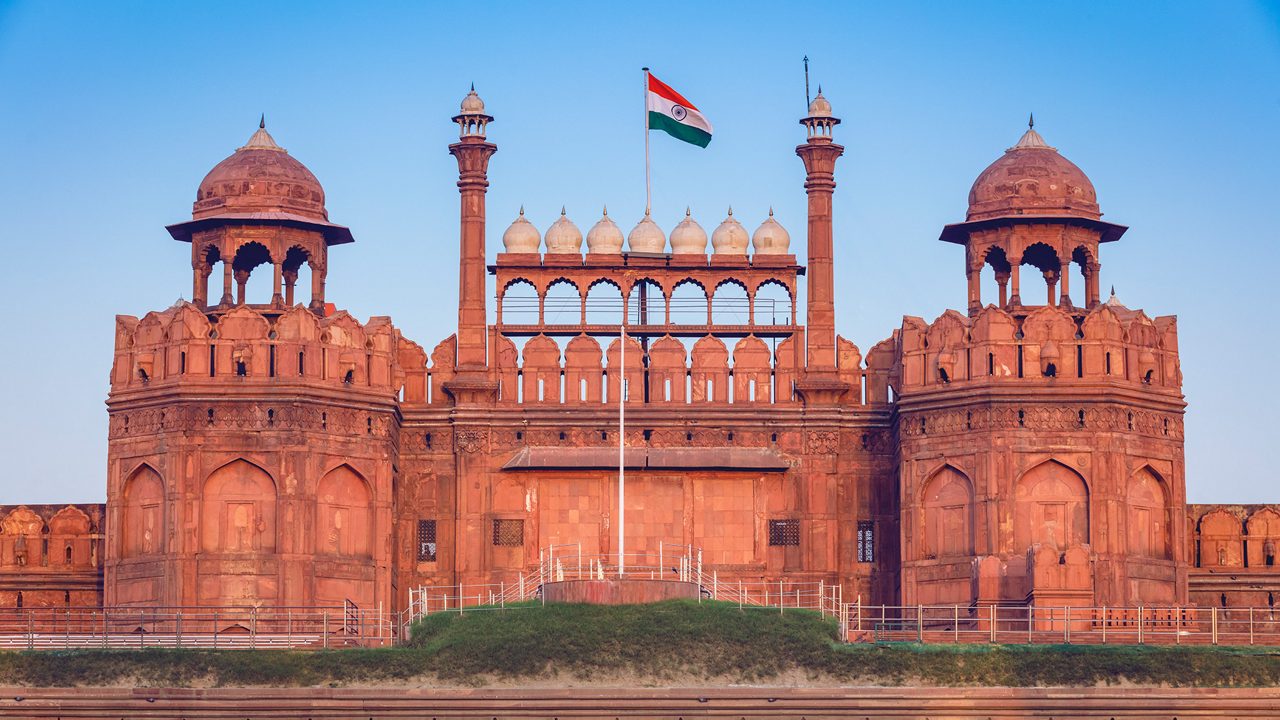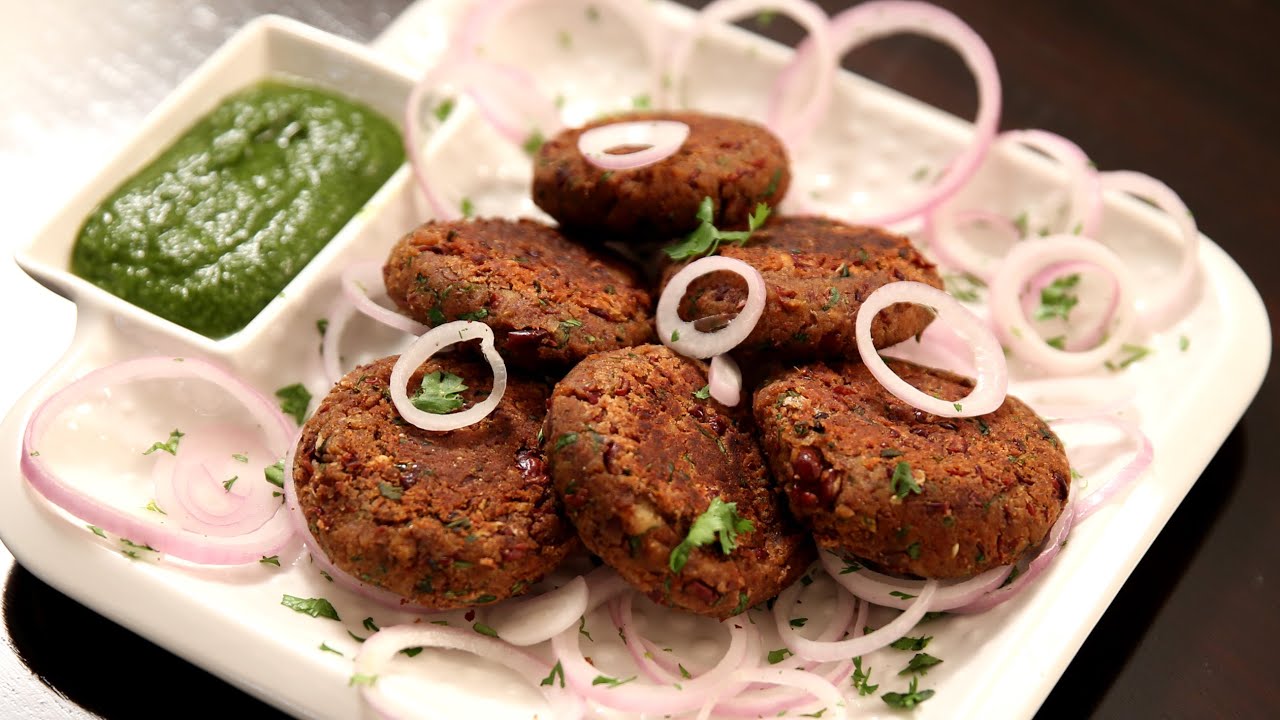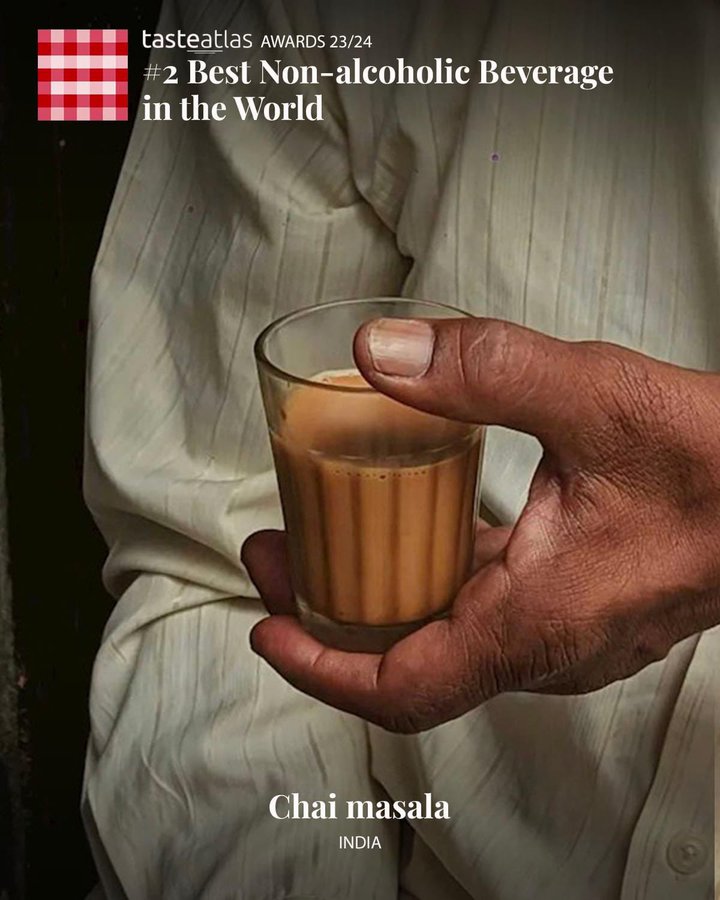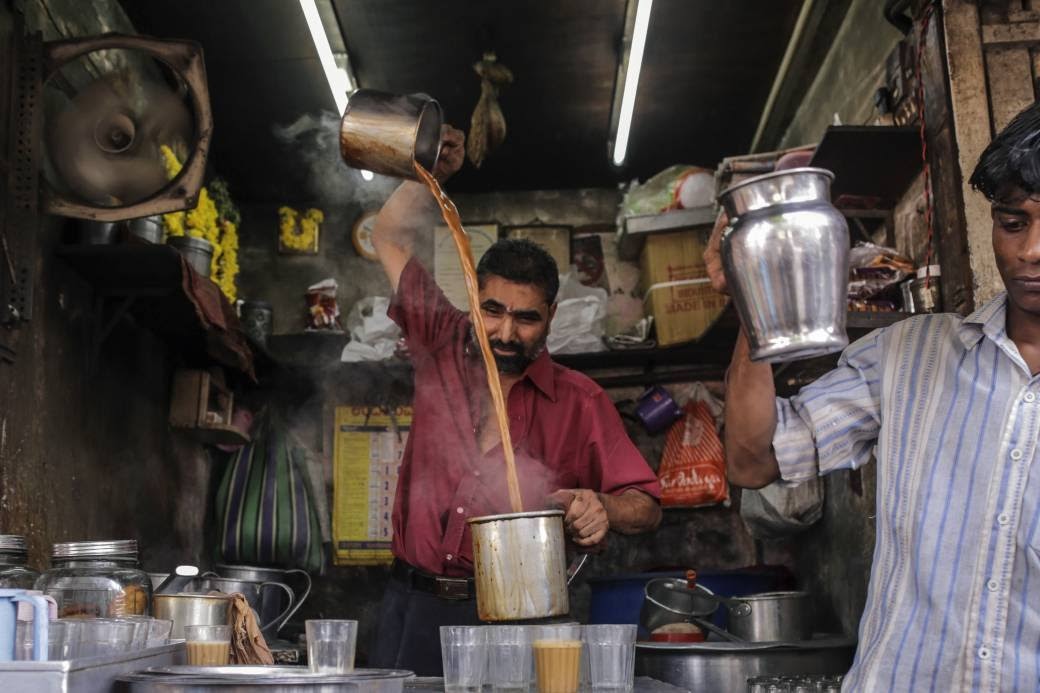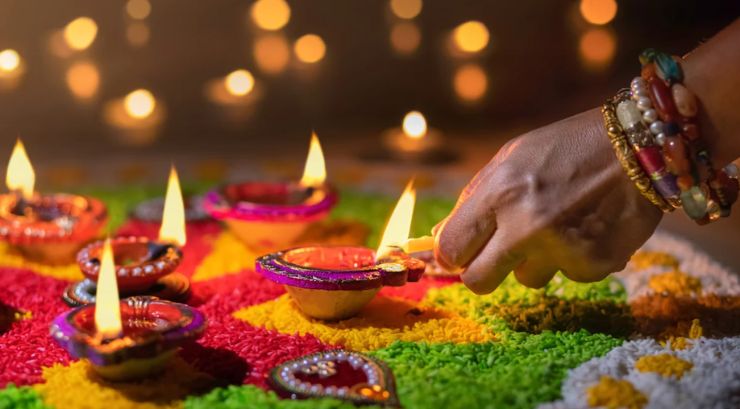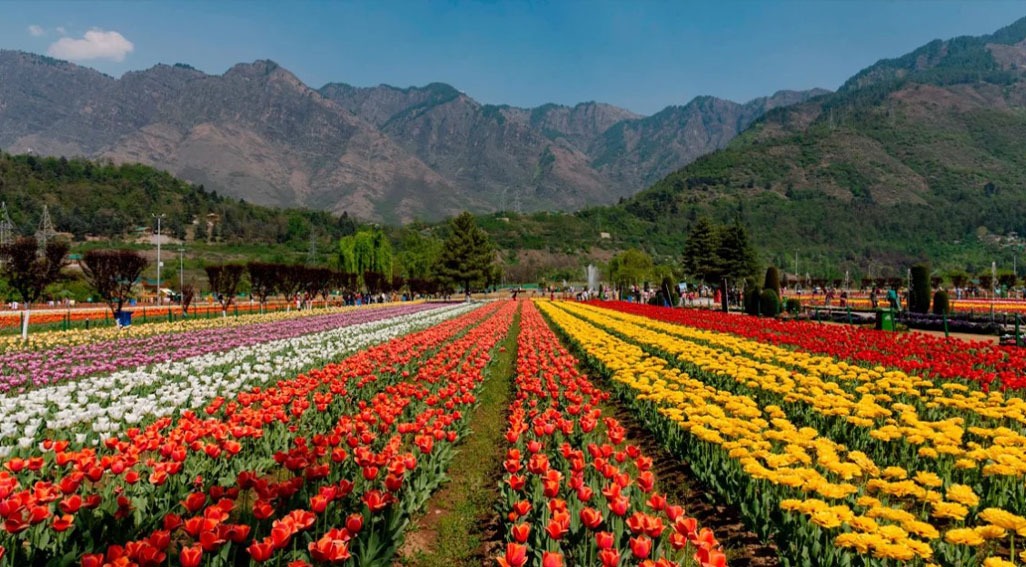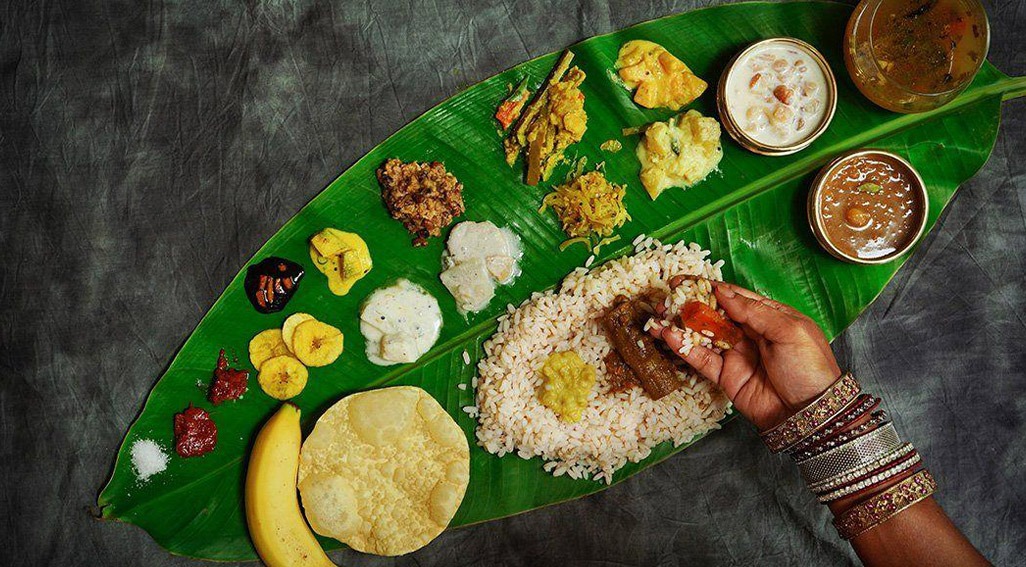Welcome to our savory sanctuary, where we invite you to indulge in culinary journeys through India— a land where every dish tells a story, and every meal is an experience. Thank you for subscribing to our newsletter and letting us share our love of India, food and travel with you.
If you just glanced at the image above and thought it was the Sydney Opera House, you are excused! It is the Lotus Temple in Delhi, the place of worship of theBahá’í Faith, which professes the unity and oneness of mankind. Considering the stunning exterior façade of the temple, the interiors are unexpectedly an anti-climax – inside the temple, there are no altars, idols, symbols, or religious artefacts to indicate that it is a house of worship. Built in 1986, the temple is open to all to visit, regardless of their religion, gender, nationality or any other qualification, thereby professing the unity of mankind.
We are putting the final touches on our most vibrant adventure yet – a luxury culinary tour to celebrate the festival of colours, Holi in India, next year. A private Holi celebration in a 5-Star luxury hotel is confirmed, but what sets this tour apart is our hosts for this tour. They will turn this into more than a holiday – it will be the trip of a lifetime. Did someone also say a single malt whiskey experience with fine dining? Stay tuned and follow us on social media – we are revealing all the details very soon.
The Mughals and the British both once had Delhi as their capital when they ruled India in the 16th century and 19th century respectively. And both left their stamp on Delhi in so many unique ways.
Delhi is now India’s capital, and a place where centuries-old history and fast-paced modern life exist side by side. Walk through the narrow lanes of Old Delhi, and you’ll find yourself surrounded by the sights and sounds of the Mughal era, such as the Majestic Red Fort and the Jama Masjid, one of the biggest mosques in India, built by Emperor Shah Jahan in 1650 – the same Emperor who built the Taj Mahal. And, just a few miles away, New Delhi’s wide roads, government buildings, and leafy parks showcase the city’s more recent, colonial past and its role as the nation’s political heart.
What makes Delhi truly special, though, is its incredible diversity. People from all over India and the world call this city home. This mix is reflected in everything from the food stalls serving spicy chaat and butter chicken to the festivals that light up the city throughout the year. Temples, mosques, churches, and gurudwaras stand as symbols of its rich unity of faiths and traditions. The image above is the impressive Red Fort in Delhi.
The British didn’t contribute much towards the culinary side of things. The Mughals, on the other hand, had a profound influence on Indian cuisine. They introduced the use of aromatic spices such as cardamom, cinnamon, cloves, saffron, and nutmeg, often combining these with nuts, cream, and yogurt to create luxurious, creamy gravies and sauces. One of their most significant contributions was the introduction of the tandoor, a clay oven that gives dishes a distinct smoky flavor. The last time you enjoyed a Naan or a Chicken Tikka in a good Indian restaurant, it was probably cooked in a Tandoor.
Indian history never fails to amuse, and when you mix the history and the origin of some of the cuisines, it makes for some fascinating reading…
‘Galouti’is an Urdu word which means ‘that which melts in the mouth’. Galouti Kabab is a dish integral to the Awadhi Cuisine of North India and has almost become synonymous with the city of Lucknow.
As the legend goes, this Kabab was made for the ageing Nawab of Awadh, Asaf-ud-Daula in the 17th Century. As he got older, he began losing his teeth, but by no means was he willing to give up his love for food and Kababs. He set up a contest to make the softest and most succulent kababs, and the winner would enjoy royal patronage. This contest gave birth to the world-famous Galouti Kababs – Kababs which melted in the mouth.
Haji Murad Ali, who had only one arm won the contest. In the local lingo, any person with a hand disability is referred to as a ‘Tunday’. Thus, the kebabs he made were called ‘Tunday ke Kababs’. The secret ingredient was raw Papaya, which tenderizes the meat. However, the actual recipe continues to be a well-kept secret. It is believed that around 160 spices are combined in a unique ratio to give these renowned kababs the amazing flavour and texture.
It is a popular street food in Lucknow, a must-have in the long list of must-haves of Indian cuisine. Come with us on a journey that takes you to Lucknow to try this gem.
Found this gem from a show of our favourite comedian, Trevor Noah, that I had to share! He loves Indian food, and this is his guide on how NOT to order at an Indian Restaurant. Enjoy!
India, even the humble tea gets an upgrade to “Masala Chai”. It is an exotic concoction of black tea infused with milk and fragrant spices in the perfect ratio. Recently, the Masala Chai was voted the 2nd best non-alcoholic beverage in the world by Taste Atlas. Here’s a recipe for you to try at home to beat the chilly weather.
Strain the masala chai into cups using a fine mesh strainer. Serve hot and enjoy!
